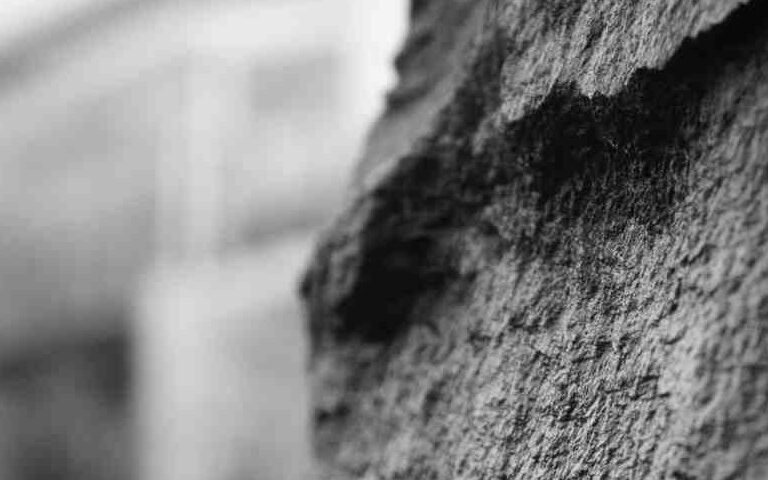Sometimes you like to know some more what is behind a web-address or a domain-name. Then the linux command ‘dig’ can be helpful:
dig www.interstingwebsite.com soa
Example:
dig www.google.com soa which gives: ]$ dig www.google.com ; <<>> DiG 9.8.2rc1-RedHat-9.8.2-0.10.rc1.el6_3.5 <<>> www.google.com ;; global options: +cmd ;; Got answer: ;; ->>HEADER<<- opcode: QUERY, status: NOERROR, id: 18148 ;; flags: qr rd ra; QUERY: 1, ANSWER: 6, AUTHORITY: 4, ADDITIONAL: 4 ;; QUESTION SECTION: ;www.google.com. IN A ;; ANSWER SECTION: www.google.com. 8 IN A 74.125.143.106 www.google.com. 8 IN A 74.125.143.147 www.google.com. 8 IN A 74.125.143.99 www.google.com. 8 IN A 74.125.143.103 www.google.com. 8 IN A 74.125.143.104 www.google.com. 8 IN A 74.125.143.105 ;; AUTHORITY SECTION: google.com. 37733 IN NS ns3.google.com. google.com. 37733 IN NS ns1.google.com. google.com. 37733 IN NS ns2.google.com. google.com. 37733 IN NS ns4.google.com. ;; ADDITIONAL SECTION: ns1.google.com. 133889 IN A 216.239.32.10 ns2.google.com. 133889 IN A 216.239.34.10 ns3.google.com. 133889 IN A 216.239.36.10 ns4.google.com. 133889 IN A 216.239.38.10 ;; Query time: 1 msec ;; SERVER: 129.177.30.3#53(129.177.30.3) ;; WHEN: Fri Nov 30 23:48:01 2012 ;; MSG SIZE rcvd: 264
